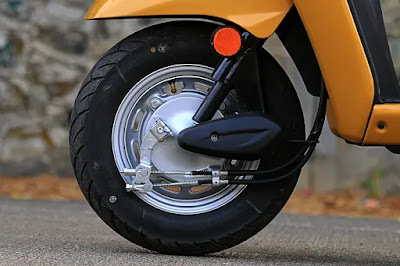In mechanical engineering a fillet is a rounding of the interior or exterior corner of a part. On the inlet fillets are concave while on exterior corners these are convex.We generally use fillet on the edges of almost every product.In this article we will see why fillets are used at corners.
We generally use fillets due to following reasons:
1.)Fillets are mainly used to reduce stress concentration compared to chamfers. These can easily distribute stress more uniformly.
2.)Fillets give a part better flow and less resistance. Using a fillet also eliminates any sharp edges that can be easily damaged, or that could cause injury when the part is handled. This means there is less risk of failing an inspection for having a burr or sharp edge.
3.)Industrial designers tend to prefer fillets compared to chamfers as these are considered to be visually pleasing.
4.)One of the other reasons is that protective coating like paint are more uniformly distributed over a fillet compared to chamfer. Thickness of coating is reduced on sharp corners of chamfers so coating is lost first on these spots. Fillets have no such issues due to uniform distribution of coating.
But when it comes to comparison with chamfer in terms of cost then fillet is costly due to following reasons:
1.)A chamfer requires less machining time that a fillet radius.
2.)For fillets different radii of tools has to be stocked to create different radii, but a single tool can be used for creating different chamfers.
Still fillets are more preferred as compared to chamfers by industrial designers due to its advantages.Comment down your views in comment box.
























